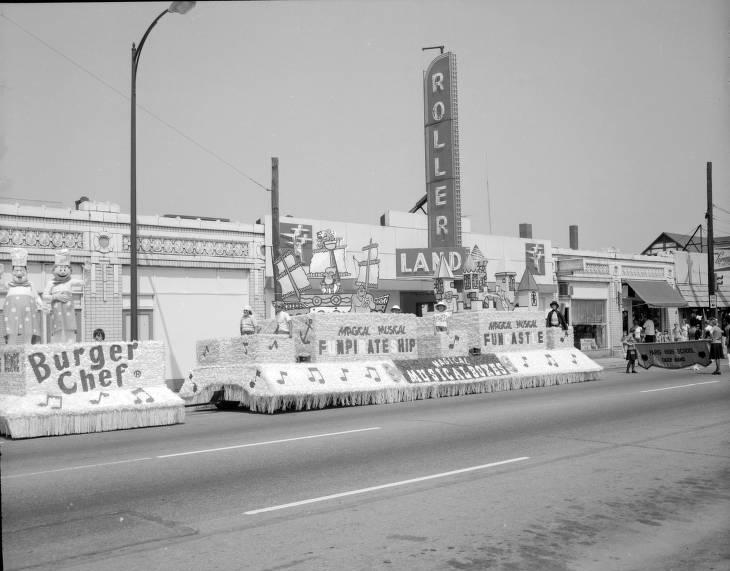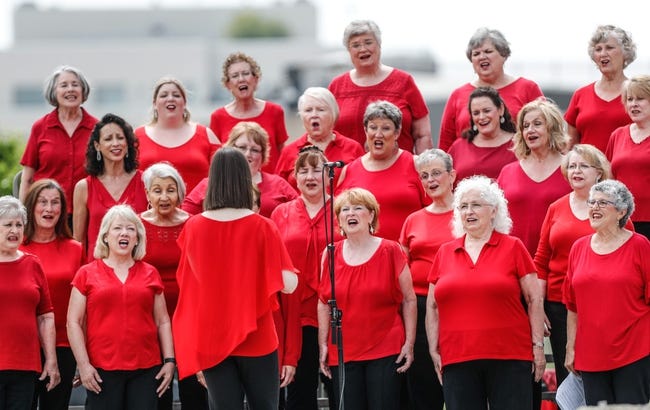In 1957, four civic-minded businessmen–former Indianapolis mayor ; Joe Quinn, Safety Director of the Indianapolis Motor Speedway; J. Worth Baker, Shrine Potentate in 1957; and Howard Wilcox, promotions director of the Indianapolis Star—created the 500 Festival. For more than six decades, it has produced a month-long series of programs and events celebrating the . The business leaders also set the framework for what has become an example of a community-led endeavor that celebrates sports, health, and education.

The first 500 Festival included a parade, ball, and square dance. More than 150,000 spectators lined the route of the inaugural parade in 1957, and 500 people danced to the sounds of Woody Herman’s Orchestra at the Governor’s Ball at the Indiana Roof Ballroom. The success of the first 500 Festival bolstered the four original organizers to plan a bigger and better festival in 1958.
The 500 Festival has grown to encompass one of the nation’s largest half-marathons, as well as a premier parade. The celebration, which occurs annually in May, culminates a year of planning by volunteers guided by the 500 Festival board of 35 community leaders and a full-time staff of 18.

Four people have been instrumental in shaping the 500 Festival organization. Josephine Hauck, named executive director in 1963, transformed the organization into one that continues to shape and define Indianapolis’ sports-heritage legacy. Elizabeth Kraft (Meek) succeeded Hauck in 1992. During her 10-year leadership, she modernized the staff’s infrastructure and provided the necessary tools and resources for the event.
Kirk Hendrix was named president and CEO of the 500 Festival in 2003. Hendrix increased sponsorship and attendance, as well as further developing programming within current events. He is also credited with activating the 500 Festival Foundation. In 2013, Bob Bryant replaced Hendrix aiming to increase revenue growth through the creation of brand-defining events, consumer products, entertainment, and broadcast deals.

The 500 Festival involves a large number of activities, including one of the original events, the (IPL) 500 Festival Parade. Community events include a Breakfast at the Brickyard, a memorial service, the Off the Grid ball, a Kickoff to May celebration, and a golf tournament. The Festival also organizes youth programs such as an educational program, a Kids Fit Program, a Kid’s Day, a Rookie Run, a Mini-Mini, and a Mini-Moves event. College programs include internship opportunities and the 500 Festival Princess Program.
The One America Mini-Marathon has been one of the largest half-marathons that take place in the U.S. for more than 20 years, with over 30,000 participants. In 2010 Kacie Weldy, with hearing and sight impairments, was the first runner in the Mini-Marathon to use an assistance dog at the event. Other running events include the Mini-Marathon, a 5K run, and a miler-series.
A recent economic study showed that the 500 Festival generates a significant tangible economic impact on the City of Indianapolis. Since 1957, the impact of the 500 Festival on the city is estimated to be more than $400 million dollars. A significant economic contributor is the Mini-Marathon and 5K runs, which collectively attract more than 30,000 runners each year.
In 2013, a total of $19.7 million dollars in financial impact included $5.5 million dollars of direct spending by out-of-area spenders. In addition, the 500 Festival created 215 jobs and $950,000 in state and local taxes. Volunteers also work with the Festival to carry out its many activities.

Help improve this entry
Contribute information, offer corrections, suggest images.
You can also recommend new entries related to this topic.

